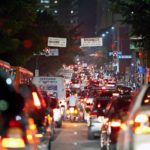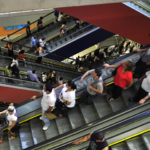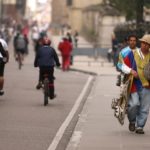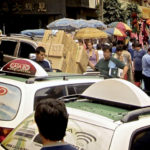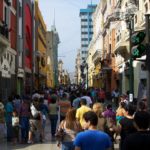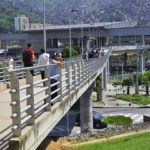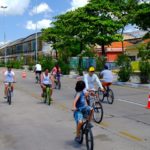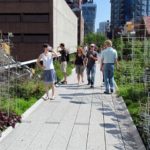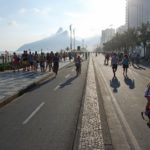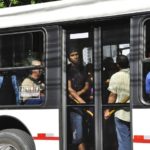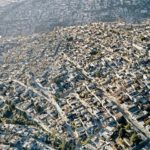Posts tagged with 'South America'
While the idea of ‘free time’ is by nature associated with individual choice and being momentarily ‘free’ from the demands of everyday life, the amount and quality of this time we have at our disposal is closely linked to city-wide ...

World Cup fans may be focused on the games, but critics are paying attention to another aspect of the event—its price tag. Brazil spent billions of dollars on World Cup infrastructure, and many are understandably questioning the long-term benefits these ...

This article reports on presentations made by Philip Yang, President, URBEM (Urbanism and Urban Studies Institute for the city of Sao Paulo), Jianming Cai, Professor at the Institute of Geographic Sciences & Natural Resources Research (IGSNRR), Chinese Academy of Sciences (CAS) and Alexandros Washburn Founding Director, Center for ...

There is an entire ecosystem of informal commerce along Bogotá, Colombia’s streets. Some vendors sit at traffic signals or bus stops, waiting for a bus that’s not too full and not too empty. When they spot a good candidate, they ...

For decades, ‘work’ meant spending an eight-hour chunk of your day in an office, industrial facility, or at school. Workers needed to physically occupy a given location in order to do their jobs. Because of this, the trips to and ...

We all have ideas for how to make our cities better places to live. Whether it’s more tree-lined streets, better infrastructure for cycling and walking, or safe access to public transport for all city dwellers regardless of gender, it’s not ...

Over 22,000 attendees gathered in Medellín, Colombia for the Seventh World Urban Forum (WUF7) from April 5 – 11, 2014, sharing ideas, experiences, and challenges for creating more sustainable and equitable cities. The conclusion of the WUF7 saw the release ...

Today, the highest levels of air pollutants are concentrated in developing cities, particularly in Africa, Asia and the Middle East. Motor vehicles contribute between 25 and 75% of this air pollution. In March 2014, the World Health Organization (WHO) released ...

Cardiovascular disease is one of the leading causes of death worldwide, killing as many as 17 million people each year. Sedentary, inactive lifestyles are a major contributor to this rise in cardiovascular disease – stress, pollution, poor diet, and lack ...

In recent months, popular protests have broken out in cities around the globe. The causes were different: soaring pollution in Beijing; violent gender-based crime in New Delhi; and access to public services in São Paulo. But, for each, inequality was ...

Traffic safety improvements in Europe are being hailed as one of the greatest advances for the region in the past decade. Europe should be proud of its success: since 2010, there have been 17% fewer deaths on the continent’s roads. ...

Earlier this month, the government of São Paulo, Brazil, and METRÔ-SP published the results of the 2012 Mobility Survey. The data is heartening in many ways, for in a city where cars were once seen as symbols of wealth and ...

Worldwide, people are moving less – taking their car, abandoning walking and bicycling, or perhaps unable to visit a neighborhood park or play space because it may not exist. In real numbers, as outlined by the Designed to Move campaign, physical activity ...

As some cities tout the benefits of sustainable transport and transit-oriented development (TOD), it is hard to imagine how others could have moved so far in the opposite direction. Understanding the combination of shifting responsibilities, lax regulations, and flawed policies ...

From Bogotá, Colombia to Cape Town, South Africa and Kaluga, Russia, the 100 en 1 día (100 in 1 day) movement is making an impact on urban streetscapes worldwide. A “global social movement for citizen-driven change,” the movement is a ...

Page 3 of 11« First...234...10...Last »






